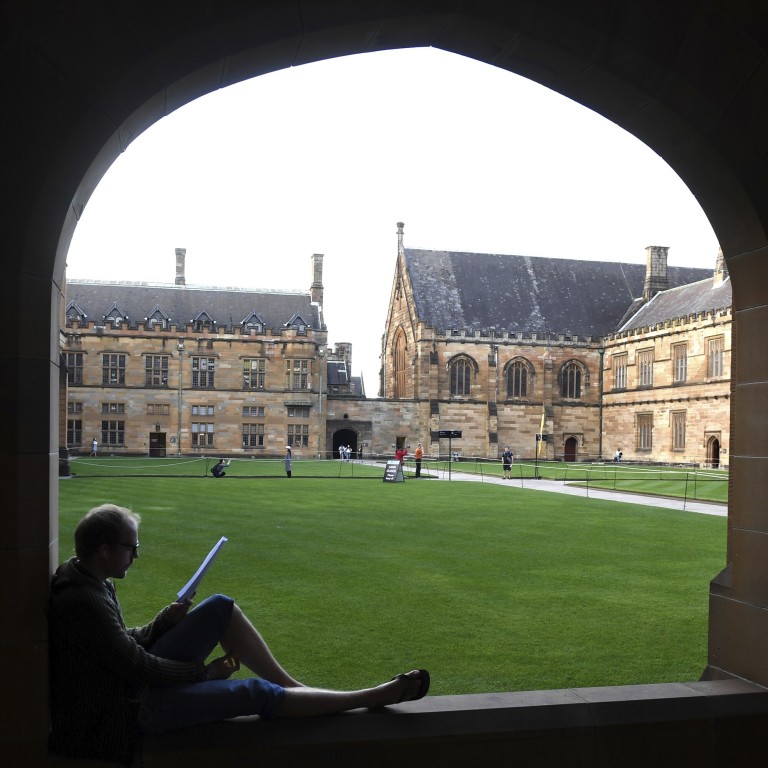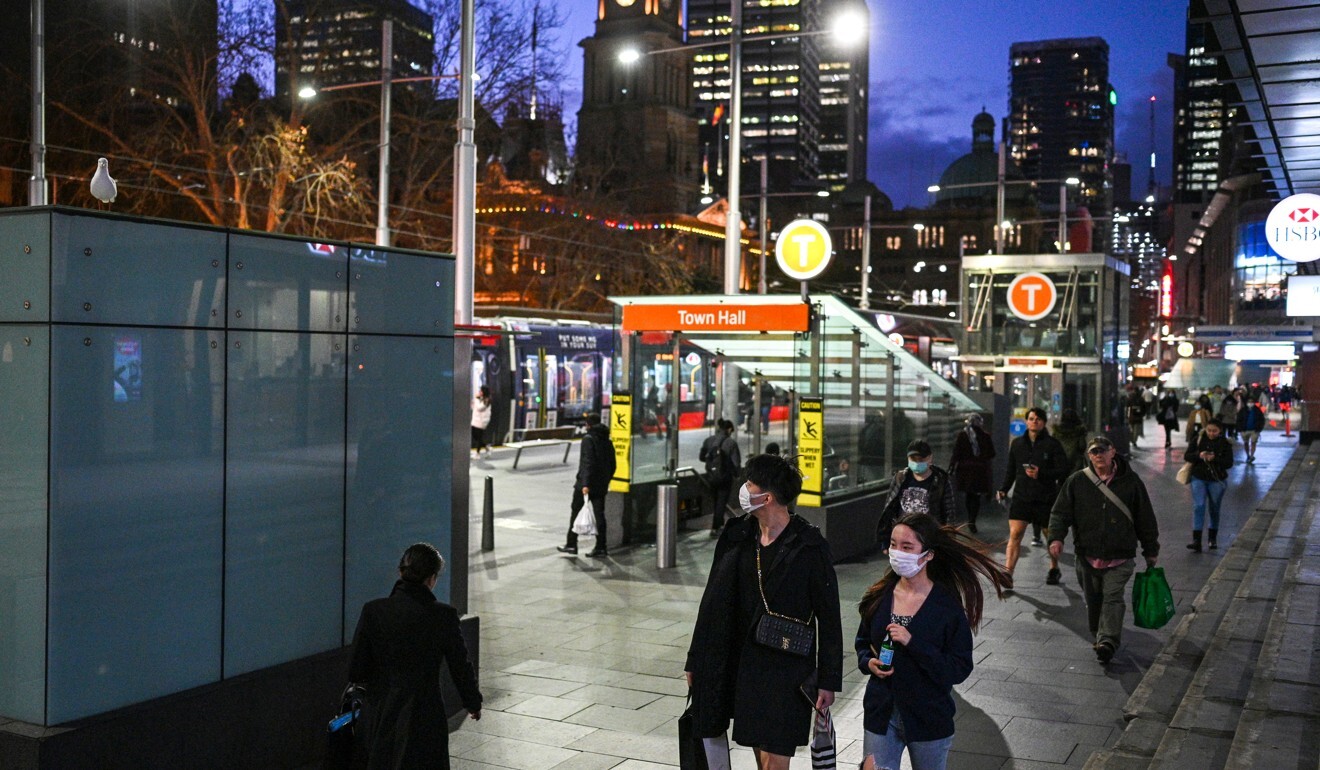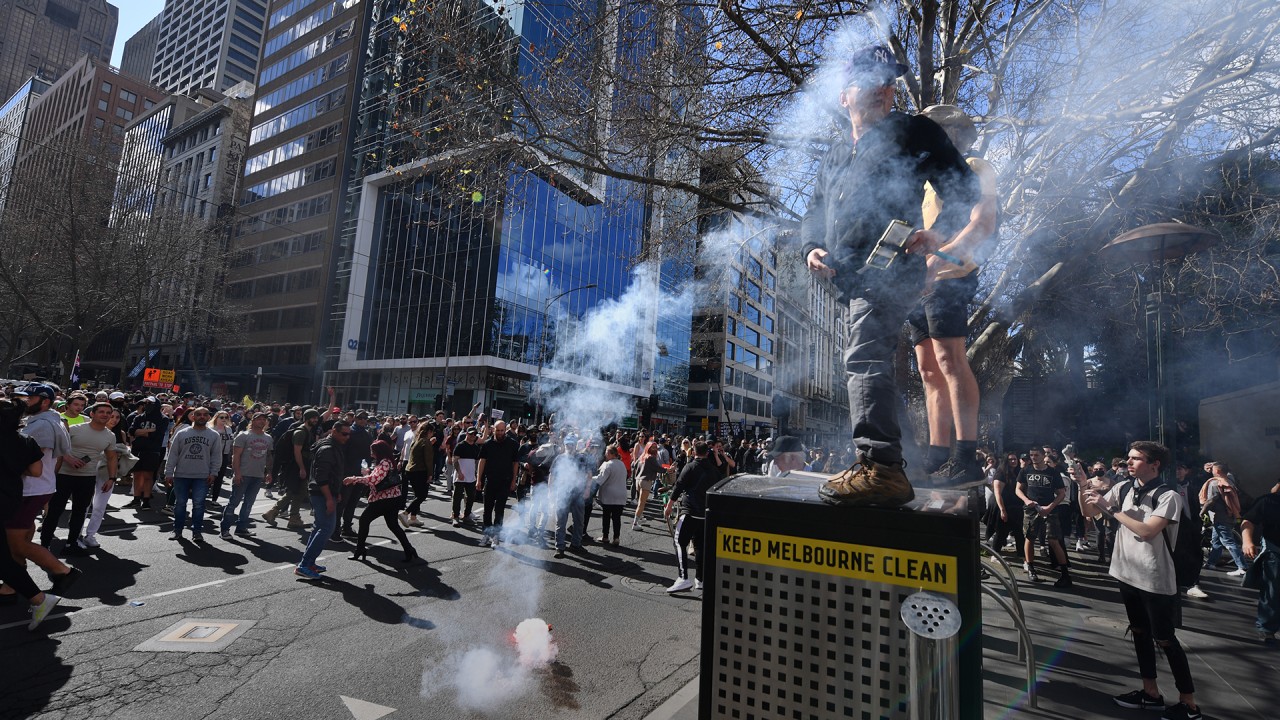
Coronavirus: Australia is reopening, but pandemic limbo remains for international students
- Tens of thousands of international students who enrolled in Australian universities nearly two years ago are yet to enter the country
- As they await the go-ahead, their education and mental health suffer – and so too do the revenues of a multibillion-dollar education industry
“It was so heartbreaking,” said Gill, whose coursework for a masters in engineering at the University of Southern Queensland, Toowoomba, has been conducted entirely online since February 2020. “It is followed by another lollipop that students will come back next year. That’s what we have been hearing for the last almost two years. I have lost all hope.”
After more than 20 months of paying full fees for a limited university experience, the 23-year-old from the village of Gobindpur in Kapurthala district feels cheated and has little faith she’ll get into Australia any time soon.
“I don’t have stable internet or other resources here,” Gill said. “It takes me several hours to download an hour-long lecture. On exam days I stay with someone in the city so I can have internet access. Since I thought this was just temporary, I kept adjusting. But another semester is about to end. I am struggling even to pass.”
“My friends who got their visas months later than me are already in Canada, France, UK and the USA,” she added. “I feel betrayed. I feel like we are just a source of income for them. What education we get in return doesn’t concern them at all.”

Gill is among tens of thousands of international students enrolled in Australian tertiary institutions who are anxiously waiting for an end to their pandemic limbo after nearly two years locked out of the country.
Others deferred their studies in the hope pandemic restrictions would ease by the time the next semester arrived. About 130,000 international students are still waiting to get into Australia, according to government data.
Under Australia’s planned easing of its ultra-strict border controls, international students will only be allowed into the country in limited numbers before the end of the year. Under a pilot plan approved by Canberra last month, the state of New South Wales plans to bring 500 international students into the country on chartered flights before Christmas.
How can Australia, New Zealand, and Hong Kong return to pre-pandemic life?
The states of Victoria and South Australia have submitted similar pilot plans for federal approval that would welcome small numbers of students. Other states including Queensland and Western Australia have yet to outline any plans for bringing students back.
Education Minister Alan Tudge has said he hopes “tens of thousands” of students will be able to return next year, but has not provided any specific timetable or plan for large numbers of arrivals.

“We still have to pay full tuition fees although we can’t study on campus,” Cao said. “It doesn’t only affect our future career, it also affects our mental health because of waiting in hopelessness.”
For years a leading export, Australia’s international education sector has been severely affected by the pandemic, with revenues declining to A$26.7 billion (US$19.6 billion) this financial year, compared to more than A$40 billion in 2019.
How does ‘zero-Covid’ end?
Catriona Jackson, chief executive of peak body Universities Australia, sympathised with the plight of international students stranded overseas.
“It’s a difficult situation for more than 132,000 higher education and postgraduate students who remain outside the country,” Jackson said.
“Nonetheless, many students have commenced their studies online with the intention of coming onshore as soon as travel restrictions allow. Students have been very resilient as they continue to study online.”
Jackson said universities were offering a wide range of support services to help with online tuition, financial hardship and mental help and Australia continued to be an attractive option for those abroad.
“Prior to the pandemic, we attracted scholars from more than 140 different countries, and the attractions of an Australian education remain as strong as ever – excellent universities combined with an enviable lifestyle,” she said.

02:46
Protesters clash with police in Australia over strict lockdown rules amid Covid-19 surge
Vicki Thomson, chief executive of the Group of Eight, which represents some of Australia’s top-ranked universities, said the recent announcements of pilot programmes and wider vaccine recognition should give overseas students “certainty and confidence that they made the right choice”.
“[Group of Eight] universities are looking forward to welcoming international students back to campus,” Thomson said. “They play an important role in our society both socially and economically, bringing much needed skills and expertise, and their contribution to our universities and the Australian community is highly valued.
The [Group of Eight] understands the frustration that comes with uncertainty, however, like all countries in the region, we want to ensure the safety of all our students, both international and domestic, along with university staff and the broader community.”
For students like Ariana Bejikin Gregory, who has been waiting to step on campus at the University of Adelaide for the last 15 months, it is difficult to feel optimistic about the Australian government’s plans.
“I don’t believe any of their promises or assertions,” said Gregory, who lives in Dhaka, Bangladesh. “They aren’t displaying the actual scenario. How can an outsider feel positively if the government can’t even ensure the best for its own citizens!
“I feel like a puppet, and they’re the controller.”

